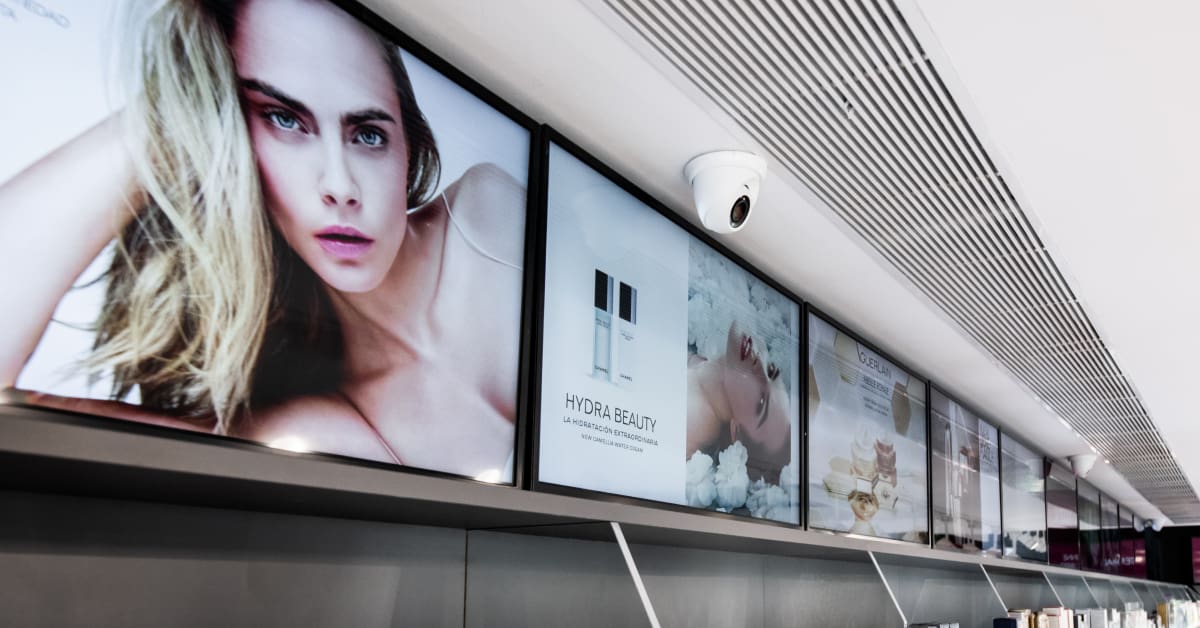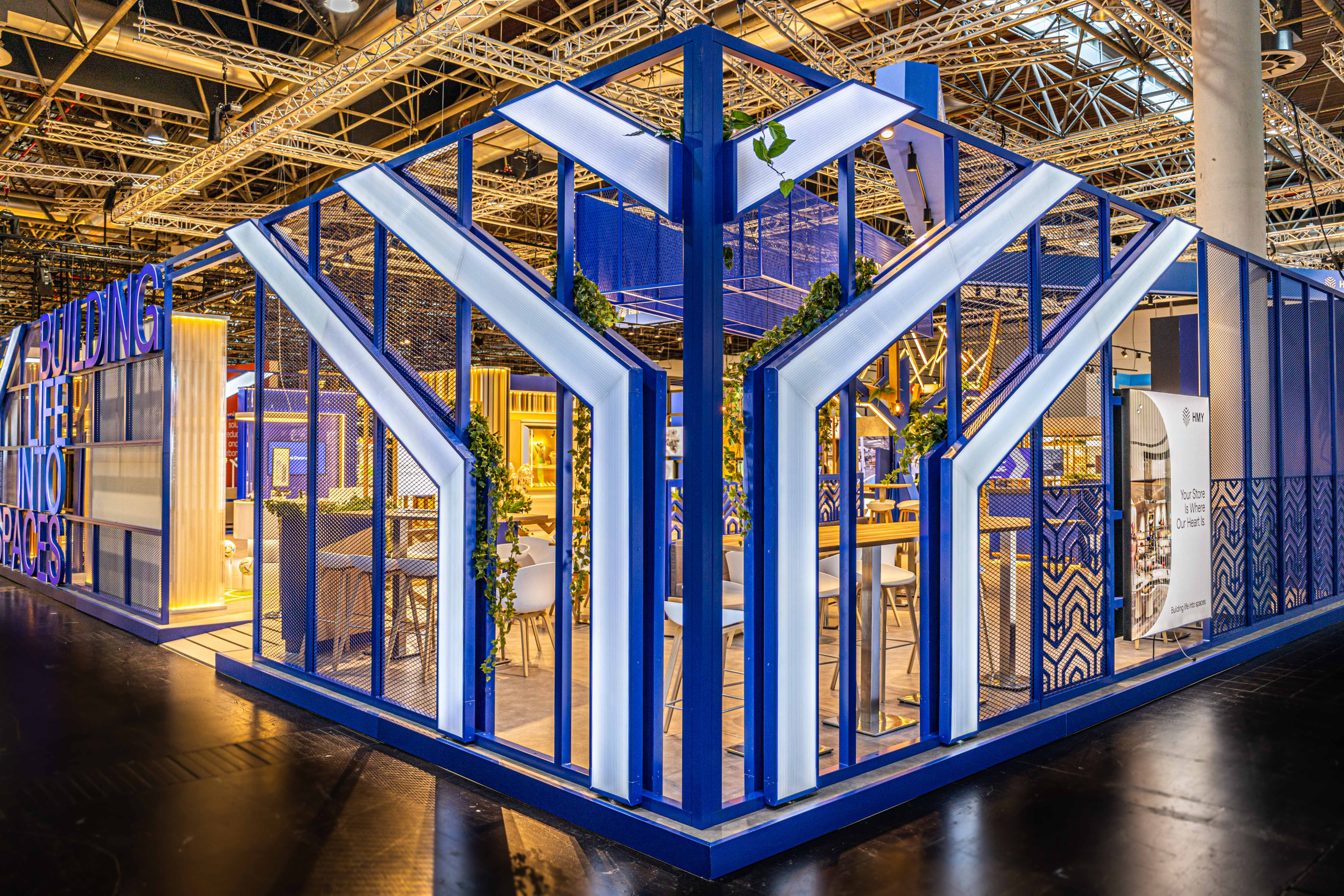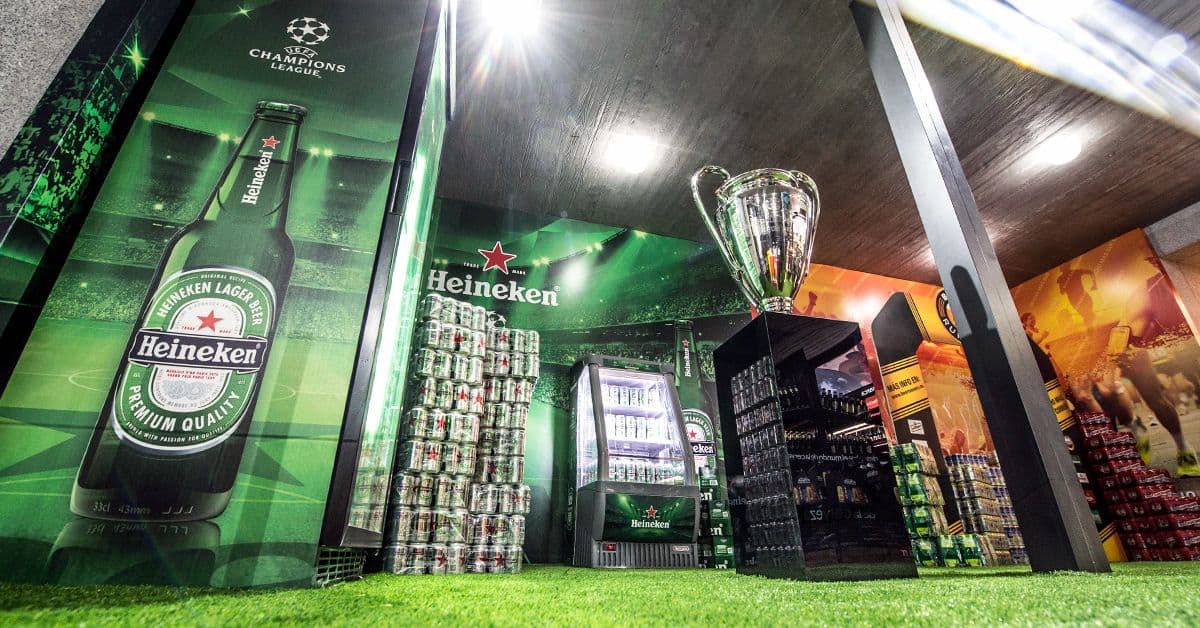Digital signage: the (not so new) way to connect with customers in retail

Main points:
- What is digital signage and what do you need to implement it successfully, ensuring the maximisation of your ROI.
- How to outline a digital signage strategy for your points of sale and avoid switched off screens, additional workloads for your store staff or a bad investment.
Digital signage is a content, technology and integration at the point of sale system that allows us to interact with consumers. This definition includes the three elements we must take into account for our investment to be effective and have a positive return.
As we mentioned in our article on the evolution of visual communication towards digital signage, the following key aspects must be taken into account in the projects consisting in the integration of visual communication strategies at the point of sale:
- The ultimate goal is to build a relationship with customers, not to create confusion due to excessive promotion or information.
- The displays we install in our stores will only attract consumers if they positively add to their experience at the point of sale.
- You do not modernize your point of sale just by placing LCD or LED displays. Without a professional strategy behind that defines goals in terms of business and customer experience, the ROI of our digital signage will only be signage.
What do you need to implement digital signage in your points of sale?
Digital signage is one of the most consolidated aspects of digital transformation in retail. Integrating digital signage in your points of sale requires:
1. Strategy and content
- Understanding how to merge in-store customer experience with your business goals.
- Drawing’ the traffic map for the sales area, the hot spots, the spaces where customers stay longest, where will a display add value and how can this be used in the general strategy of your business
- Having the capacity to enter valuable content into our system.
Obviously, placing a display on the shop window helps to attract customers inside, but what about once they get inside the store? As we said, ‘making it look more modern’ is OK, but this is something basic, especially when digital signage could not only ‘modernise’ our environment, but also become a means of communication with direct and remote control.
2. Content management platform
A display with a USB input cannot be considered as digital signage. In most cases where the retailer believes that a USB with 2 or 3 videos is ‘enough’, these displays end up switched off, becoming black boxes in the middle of the store, thus not getting value from the money invested.
Priority should be given to providing the system with ‘autonomy’. This means integrating a content management platform that allows uploading and programming videos, images or dynamic promotions remotely and in just a few clicks, avoiding dependence on store staff, whose main duties are not to remember to ‘turn on and connect USBs’.
If you have more than one point of sale or multiple displays, you will need to have centralised control over the same online platform, to manage offers and messages based on sections and centres.
Platform screenshots
3. Let’s talk about displays
Displays purchased from a consumer electronics store for private use are unlikely to be switched on all day without suffering a breakdown after a few months, mainly because not all displays are ready for this type of use.
In a professional digital signage environment, we find a range of displays and technologies that involve a higher initial cost, but offer a higher return over time, since they do not breakdown as a result of their daily use.
How to choose a digital poster, digital technology and digital signage

The most common variables we must consider are:
- LED or LCD
The two most established technologies. LED is the most common option if more brightness or large format signage is required.
LCD allows for greater definition and realism at a lower cost and distance.
- Brightness and glare
Regardless of whether you use LED or LCD displays, the second aspect thanks to which professional displays stand out, besides the technology of the panel itself, is that they offer MUCH more brightness than private displays. This aspect should be taken into account, not only when thinking about their use outdoors but because the higher the brightness and the better the response to glare (from interior lighting, for instance), the easier it will be to see the content.
- Touch screens?
This decision will obviously depend on the content available, but if we want users to interact with the point of sale, touch screens will be the best option. We will need guaranteed lifespans and facilitated integrations.
- Time of continuous use
‘Commercial’ or professional displays must guarantee a minimum of 12 hours of continuous use with no risk of breakdown. 24 hours of continuous use is also a standard.
- Low power consumption
With sustainability at the point of sale and retail and energy efficiency as a hallmark, there are more and more options for commercial displays that consume less energy than those for private use.
One of the best digital signage integration success stories we have developed at HMY is that of Clapés. Check this link to find out more about it.
Can digital signage be an option to increase revenue at your points of sale?
We are sure we can help you! Contact link.






































